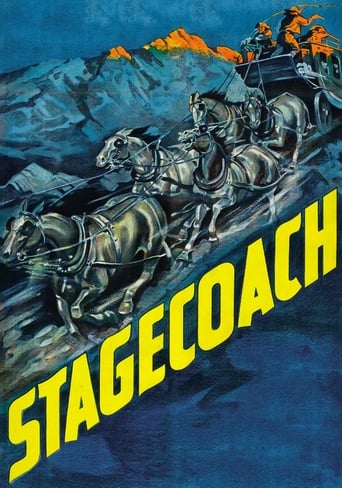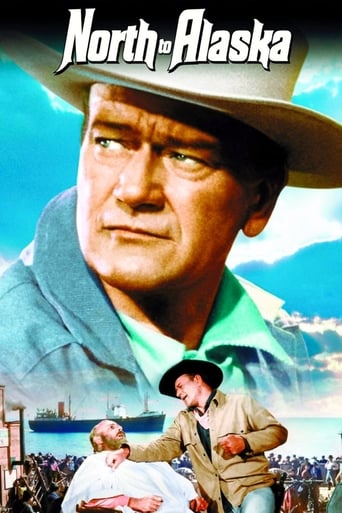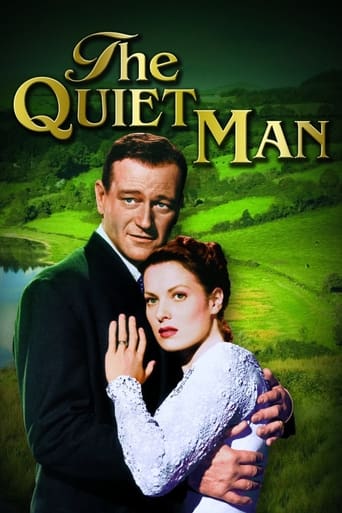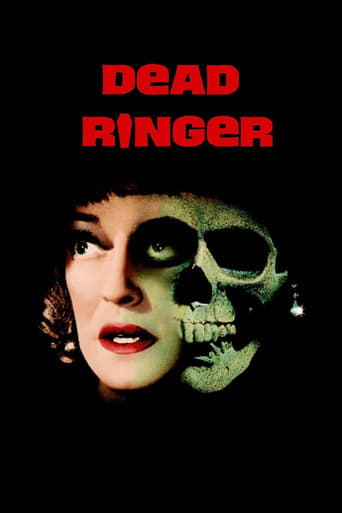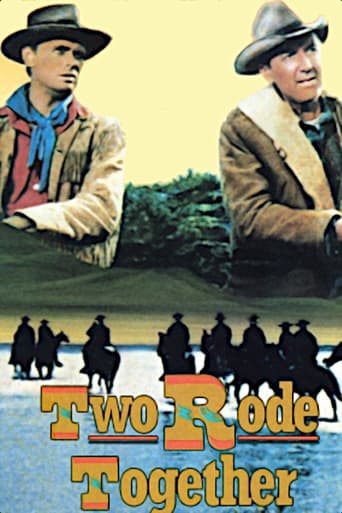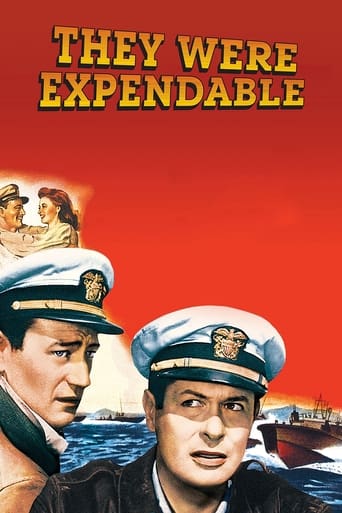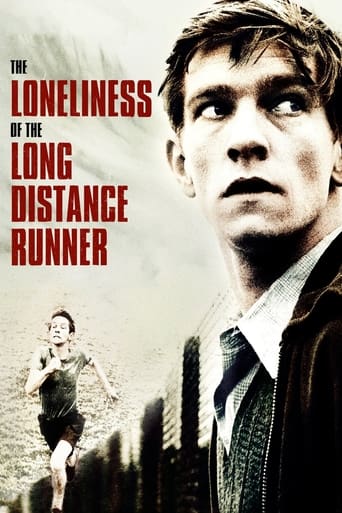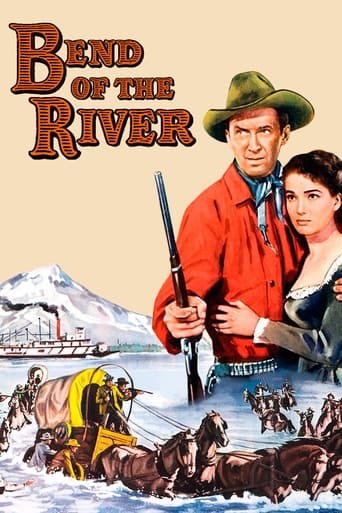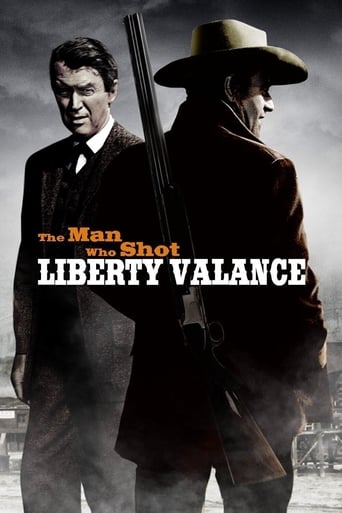


The Man Who Shot Liberty Valance
A senator, who became famous for killing a notorious outlaw, returns for the funeral of an old friend and tells the truth about his deed.
-
- Cast:
- John Wayne , James Stewart , Vera Miles , Lee Marvin , Edmond O'Brien , Andy Devine , Ken Murray


Similar titles
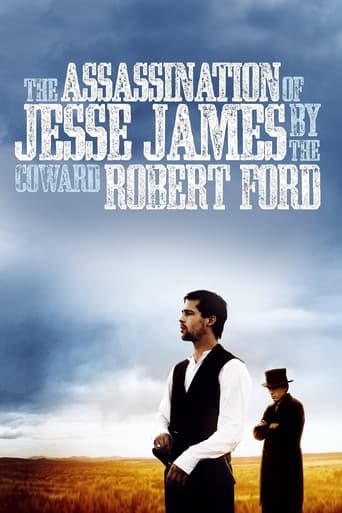
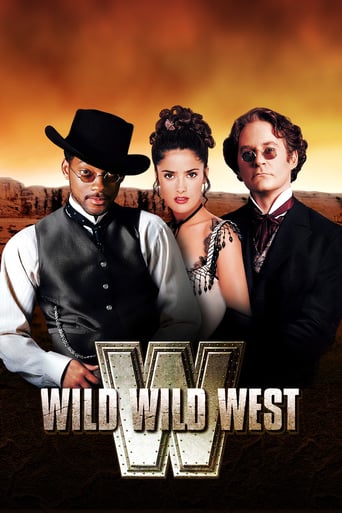

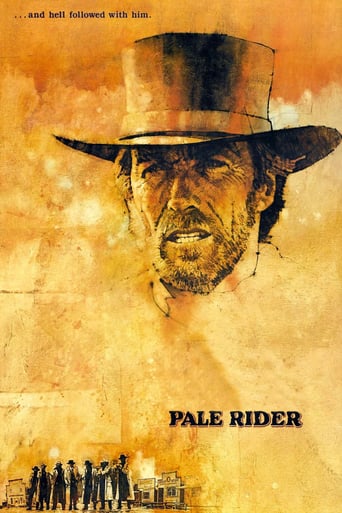
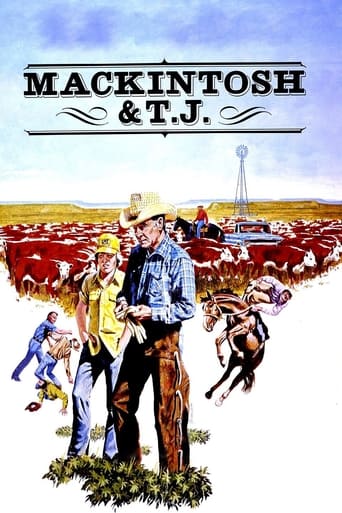
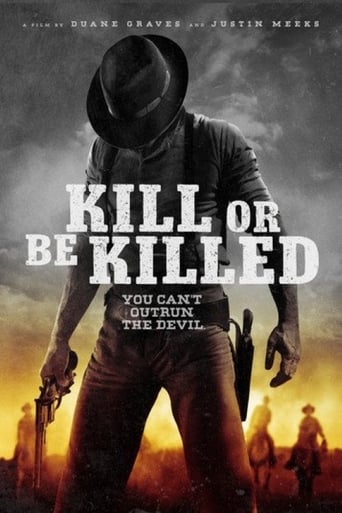
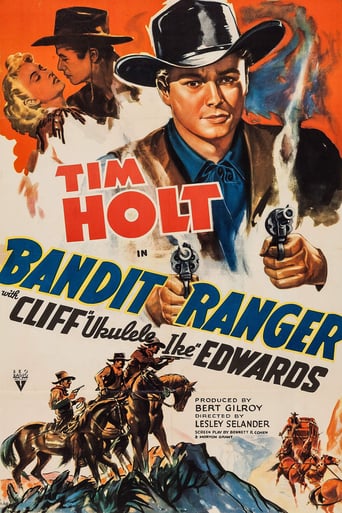
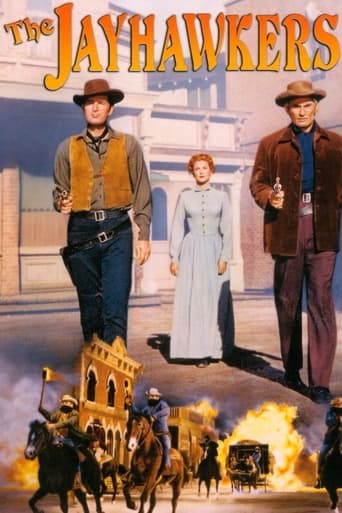
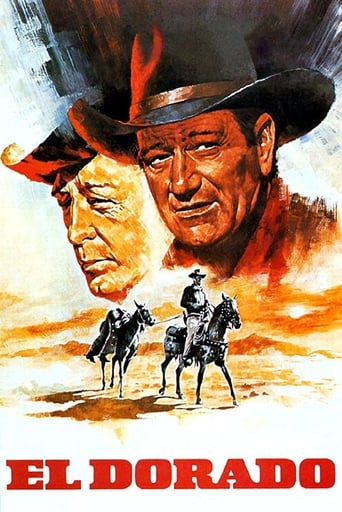
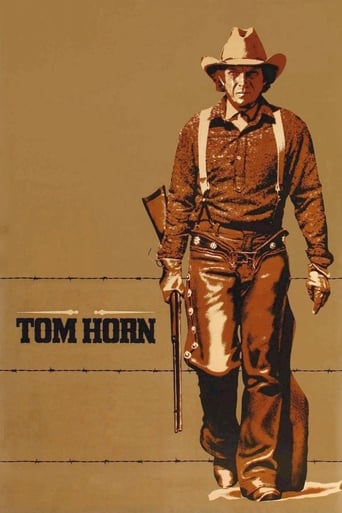
Reviews
Simply A Masterpiece
One of my all time favorites.
A waste of 90 minutes of my life
Very good movie overall, highly recommended. Most of the negative reviews don't have any merit and are all pollitically based. Give this movie a chance at least, and it might give you a different perspective.
This is a fine story of the west wild as it was and true to life in its start-up. You will see how gunfights settle scores and was the only law people understood. Marshalls could only do so much and were always being killed so the rules of the west prevailed for some time until there was law and order depicted well in this movie. You got really good "good" guys and really bad "bad" guys making the point of good versus evil throughout the flick. You get butterflies when bad takes a turn and you feel good when good appears. This is raw, well-presented entertainment and what many Westerns relied on to capture not only your interest but to tell the tale as well. Add some shoot em ups, a love interest, horses of course, and plenty drinking at the bar in the local saloon. One thing that always captures my interest in any movie is food scenes as I like to see what people eat, how they eat and what the food looks like. In this movie, I was thrilled. Why? Nice large cuts of fresh steak cooked to order with a side of spuds and beans with bread and deep dish apple pie with hot coffee to wash it all down with. Man, not a bad way to dine! Enjoy Andy Devine, James Stewart, John Wayne and Lee Marvin and many well known others as they act out this little gem that will produce a tear or two. Good movie to eat dinner with, dessert and a tasty drink of choice
Released in 1962 and directed by John Ford, "The Man Who Shot Liberty Valance" stars Jimmy Stewart as an eastern lawyer who arrives in Shinbone in an unnamed western territory ripe for statehood. The idealistic "tenderfoot" is seriously harassed by a burly outlaw (Lee Marvin) and his followers (Lee Van Cleef & Strother Martin), yet begrudgingly defended by an honorable gunman (John Wayne). Woody Strode plays the gunman's pal while Vera Miles is on hand as the possible love interest of the two protagonists.The first time I saw this movie was circa 1994 and I expected a great Western in light of its reputation and the great cast, but I was immediately let down by the antiquated and stagy tone. Seriously, much older and better Westerns like "Stagecoach" (1939), "Buffalo Bill" (1944) and "Broken Arrow" (1950) seem cutting edge by comparison. Then there's the flat B&W photography, which is inexcusable for a movie released in '62, and the incongruent campy elements that have no place in a supposedly serious Western (where Edmond O'Brien & Andy Devine are most guilty).If you can get past all those negatives, however, it's great seeing Wayne & Stewart together for the first time where the former constantly refers to the latter as "Pilgrim." This, by the way, is the only Wayne film where he uses the term, which is surprising in light of the overdone parodies of him saying it.Also, the story is meaty with mindfood. At its core it's a tale of fascism vs. democracy: the oppression of the strong thug over peaceable honest folk. They all despise Liberty Valance (Marvin), but they're curiously impotent against him and his gang, which actually doesn't reflect the real Old West where, generally speaking, regular citizens were tough, courageous people. A good example is the James-Younger gang, who were shot to ribbons in Northfield, Minnesota, when the townspeople got word that their bank was being robbed. Same thing happened to the Dalton Gang in Coffeyville Kansas. Both of these outlaw gangs were far larger than the 3 gunmen of "Liberty Vanlance." In any case, Doniphon (Wayne) could challenge Valance and does to some degree, but since Stoddard (Stewart) is his rival concerning Hallie's affections it would be counterproductive to go overboard in assisting the man.This is a decidedly political movie as it focuses on the founding of towns, illustrating the myriad operations of government: The important parts a free press and community assemblies play, the deliberations concerning possible statehood and the powerful role of education in civilizing a settlement & purging the lawless breed.The film runs 123 minutes and was shot at Paramount Studios, Hollywood, and Thousand Oaks & Jamestown, California. The script was written by James Warner Bellah & Willis Goldbeck based on a short story by Dorothy M. Johnson.GRADE: C
With a remake in the works, it's time now to re-evaluate The Man who Shot Liberty Valance. Wikipedia informs us that the iconic film director John Ford considered it his favorite film. And critic Roger Ebert wrote that each of the ten Ford/Wayne westerns is "... complete and self-contained in a way that approaches perfection", and singled out Liberty Valance as "the most pensive and thoughtful" of the group.It begins with a much too long expository scene. Senator Ransom "Ranse" Stoddard (played by James Stewart made up to be well into his seventies) along with his wife Hallie (Vera Miles) return to the frontier town of Shinbone, to attend the funeral of Stoddard's old cowboy friend, Tom Doniphon (John Wayne). Oddly, the town newspaper editor never heard of Doniphon, despite his legendary reputation, made clear by Stoddard, who then relates both his and Doniphon's story, at the editor's behest.The presence of a telephone at the railway station in the opening scene suggests that the story begins a little after the turn of the century, possibly 1905. Stoddard relates how he came to Shinbone years earlier as an idealistic young attorney, where he immediately was drastically assaulted by Liberty Valance during a stagecoach robbery. Can we assume this might have occurred 25 years earlier, perhaps around 1880? Stoddard, as a young attorney, would probably have been about 30 years old (Stewart is miscast here, as he was a little over 50 when he acted in Ford's picture).Now the location of the story is never revealed, but a big part of the plot revolves around "homesteaders" and "big ranchers." The homesteaders (which include small landowners, small farmers, etc.) are in favor of statehood and the moneyed interests (cattle barons, etc.) oppose them. While historians inform us that for the most part the wild west was relatively non-violent (especially in comparison to what's happening today, particularly in the big cities), there was one bloody conflict, the Johnson County War, which occurred in Johnson, Wyoming, between 1889 and 1893, which may have been the model for the conflict alluded to in Liberty Valance.One glaringly major omission we notice right away is that the hated "big ranchers" are never seen during the entire narrative. Instead, the sadistic criminal, Liberty Valance, is made out to be their enforcer. It's hard to buy that idea since historically, the moneyed interests banded together and created an organization, the Wyoming Stock Growers Association (the WSGA), which hired detectives to police the range—going after rustlers who were poaching on their land. But even if you buy the idea that a criminal like Valance might have ended up as some kind of private contractor for the WSGA, the idea that everyone in the town of Shinbone was a milquetoast (epitomized by the bumbling sheriff played by Andy Devine), and was afraid to stand up to someone like Valance is absurd. Here, only Tom Doniphon has the guts to stand up to Valance, along with Stoddard (who advocates a non-violent approach).After some small ranchers were falsely accused by WSGA detectives as "rustlers," and were killed, the homesteaders formed their own organization, the Northern Wyoming Farmers and Stock Growers' Association (NWFSGA). As Wikipedia informs us, the WSGA hired 23 gunmen and 4 cattle detectives and ended up assassinating the head of the NWFSGA. Various dignitaries including a State Senator joined the gunmen and in response (now read this!) the Sheriff in the nearby town of Buffalo GATHERED A POSSE OF 200 MEN and ended up cornering the WSGA men at a ranch where there was a standoff for two days. Only the intervention of Federal troops on orders from President Benjamin Harrison prevented further bloodshed. So much for wimpy homesteaders!The cowardice of the townspeople in the film is contradicted by history, and the idea that Doniphon is the only man in town who can stand up to Valance, is absurd. There were tough characters on both sides of the range war, and a character like Valance would never have been allowed to get away with terrorizing the populace as is depicted here. Why Doniphon doesn't take Valance out before the climactic duel with Stoddard, makes little sense, considering Valance is already wanted for murdering two people during a robbery (not to mention the robbery of the stagecoach and Stoddard's brutal beating, recounted by the elderly Senator as the beginning of the "break into Act 2").Another plot contrivance which I find hard to swallow is the idea that a Senator from the frontier would have taken up the mantle of pacifism during that time. The wimpy Stoddard is such a pacifist that he walks out after being nominated to represent the pro-Statehood forces in Congress. Why does he walk out? Because he feels guilty that he violated his pacifist precepts by shooting Liberty Valance. It's only AFTER Doniphon reveals that it was he who shot Valance, that Stoddard has a change of heart. Now his guilt is assuaged and he can accept the nomination. The only thing good about this film is the twist that it was Doniphon and not Stoddard who shot Liberty Valance. After the duel, the rest is anti-climactic. Wimpy Stoddard goes on to become Senator and Doniphon takes to the bottle, after he fails to "get the girl." It's odd that macho John Wayne accepted the Tom Doniphon part. Perhaps he liked the idea that the macho Doniphon was a flawed character who could so easily self-destruct. I can't but help also suggest that "Liberty" is a parable about McCarthyism considering the film's release in 1962. Doniphon might have been a stand-in for McCarthy who took to the bottle after being censured by the Senate. The fight might have been justified but the methods weren't. Doniphon must pay a price—and it's the pacifist, Stoddard, who is ultimately rewarded.
Is there a more emblematic way of signalling the death of the old west than the death of John Wayne himself? Of course, we don't see his actual body, but we are made aware of what sort of person he was through the reminiscing and the dialogue - Jimmy Stewart's indignation that such a great man could ever be buried without his boots or his gun belt. There are no wide, sweeping shots of the town or of the iconic Monument Valley. Anyone who is at least a little familiar with the Western will recognise that it has become a relic here. Sometimes the steam engine brought the hero's last hurrah - here it brings not a gunslinger, but a politician and his wife. The sheriff is a plump, gone to seed kind of fellow...ah, but he was always like that. Sometimes the law must stand aside for a while for these conflicts to boil. So we have two opposing perspectives; Ranse, the young hotshot lawyer who has grand visions of his practice and schooling being able to restore this lowly frontier town, and the pragmatist, Tom, who prefers brute force and seems to be the only one who can stand up to Liberty Valance. And in between, as always, the woman. Westerns have always been imbued with a sense of their own logic, their own rules. There are clear power balances that are established; three guns, for examples, outnumbers two. We can almost certainly tell who has the upper hand just by looking the eyes. They tell us so much...and of course the fingers, inching towards the holster. Leone was very good at this, but of course he learned from the master. Ford subverts these structures in this film because it was the last of his westerns with Wayne and even he knew that the west was dying. Tom and Valance exchange death-stares in the restaurant, with Pompey ever present with his shotgun, and conventionally, we expect a slow, agonisingly tense retreat, but we would also be relishing the battle later on. Here, Ranse rudely interrupts them with some common sense. Who would die over a measly steak?, he exclaims incredulously. But as he goes into the kitchen the bravado cracks and we can see his is visibly shaken, and on the verge of tears. Stewart was not often asked to be one of the weaker of the cast, but here he does very well. Is it enough for Vera Miles' Hallie, who is the aforementioned woman the two leads are fighting over? She flirts harmlessly with Tom every time he comes around for his dinner, but the younger and newer lawyer seems to have caught her eye. Ranse offers something that no one else in this town can offer, not even the hardy Tom, and that is the hope that comes with his knowledge of the law and his passion to educate the townsfolk. She is clearly taken by this little glimmer of inspiration; how long has it been since someone didn't treat Liberty Valance's brutish invasions as normal affair? Notice that Ford doesn't ever lean on those sappy, inevitable moments to signify the romance. He suggests through their actions and reactions. The most telling scene of the film is when Hallie confronts Ranse after his 'showdown' with Vance. This is what she wanted for him, is it not? For him to stick close to his principles and to stand up for what he has been proclaiming to the townsfolk all this time. No more being bullied by the bigger men. And yet, one look at the 'hero' and Hallie immediately knows that she cannot admire what has clearly scarred him. Without a single word we know that her priorities have shifted - that she now values his wellbeing and safety more than any high-minded lawyer talk. But it is Tom that we are admiring at beginning at end. He is a character that has a distinct awareness of his own use-by date, but nevertheless chugs on, perhaps because without him Shinbone would be left free for Liberty Vance to terrorise as he pleased. We sense that he has been waiting for someone younger and more idealistic like Ranse to arrive and relieve him of his duty. John Wayne has been required in many of his roles to have that masculine aura of invincibility, the rugged wanderer, to always have the answers (often a physical one). It is why instead of weeping or talking he instead beats Vance's thugs, and then in an act of silent rage, destroys his house and possessions. But here in this film he is also required to know that this persona is not enough, and that his time has come. He realised this in The Searchers too, and gave us one of the great all time film endings. Much more admirable is the hero who knows when to back down and admit they are out of their element. He adds a parting gift - a coward shot, from the darkness, for a man who must be protected in order for Shinbone to flourish (Steward spends much of his time wearing an apron and in the kitchen - the symbolism is clear enough). With this, he has fired his last bullet, his own personal code of honour marred, but he has ensured the building blocks for the future. Tom Doniphon is the hero of this story. He was the man who shot Liberty Valance.

